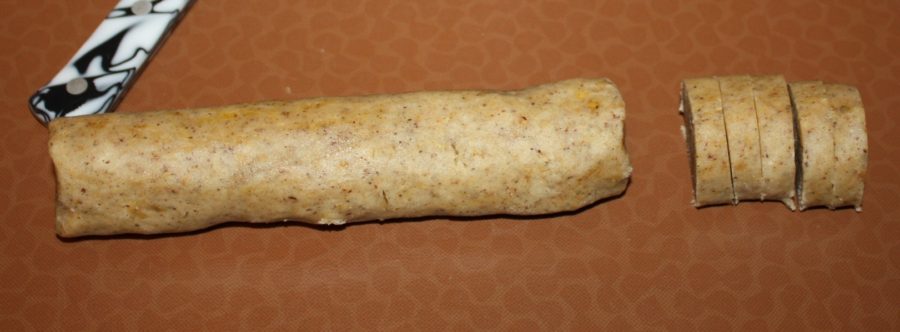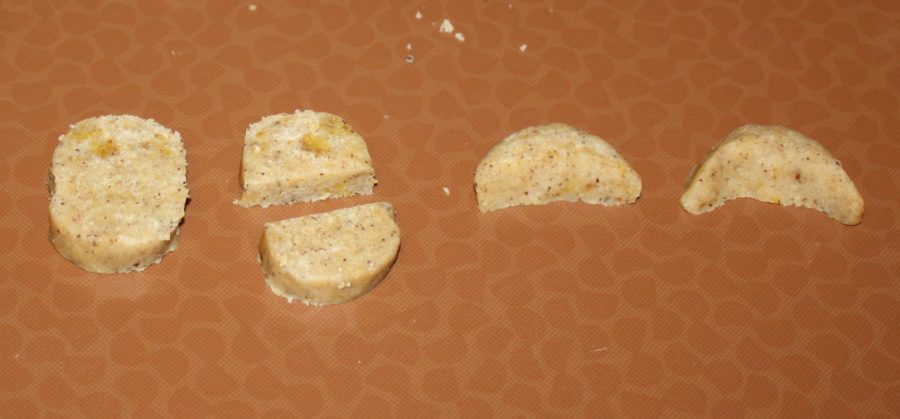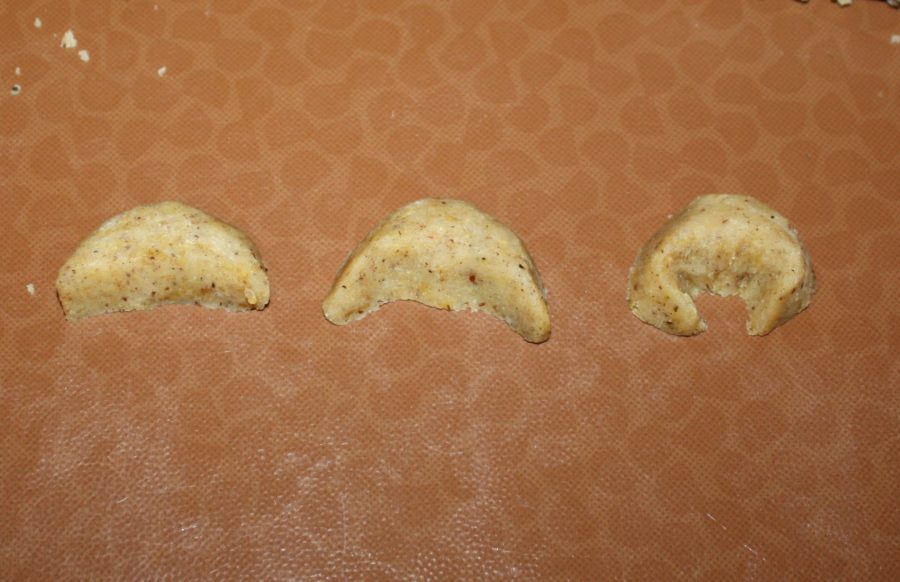Here's a stack of things you might enjoy... first of all, the children's quiz show that I was filmed for in January is online for four more days, and you can watch the episode here. (It's the second question in.)
Here's an article about the hatpin in the early 20th century and its use for self-defense.
Looking for something less martial? Here's a 14th century recipe for doughnuts, courtesy of the British Library.
If you are interested in studying Experimental Archaeology, the UCD is offering a new course for a MSc in Experimental Archaeology and Material Culture. Application deadline is on June 2, so if that sounds interesting to you, you will need to be quick.
Speaking of programmes, the Nobilitas Akademie this year will be 10-12 November on Burg Hessenstein. As usual, there's a variety of different topics, all sounding quite interesting! Their programme is online, and you can register for it; if you do it soon, you'll get a bit of an early bird discount, too.
Finally, here is a blog article about a spinning technique with hand spindles that I have on my list of "things to try and figure out how to do" - rotating the spindle in the hand, but not with the hand and finger position similar to short suspended spinning, but more or less horizontally. I've seen this a good while ago for the first time and have since dabbled some with the motion (which is totally intriguing), but as I said, it's still on the list.
Hope you enjoy one or more of those!
Here's an article about the hatpin in the early 20th century and its use for self-defense.
Looking for something less martial? Here's a 14th century recipe for doughnuts, courtesy of the British Library.
If you are interested in studying Experimental Archaeology, the UCD is offering a new course for a MSc in Experimental Archaeology and Material Culture. Application deadline is on June 2, so if that sounds interesting to you, you will need to be quick.
Speaking of programmes, the Nobilitas Akademie this year will be 10-12 November on Burg Hessenstein. As usual, there's a variety of different topics, all sounding quite interesting! Their programme is online, and you can register for it; if you do it soon, you'll get a bit of an early bird discount, too.
Finally, here is a blog article about a spinning technique with hand spindles that I have on my list of "things to try and figure out how to do" - rotating the spindle in the hand, but not with the hand and finger position similar to short suspended spinning, but more or less horizontally. I've seen this a good while ago for the first time and have since dabbled some with the motion (which is totally intriguing), but as I said, it's still on the list.
Hope you enjoy one or more of those!








